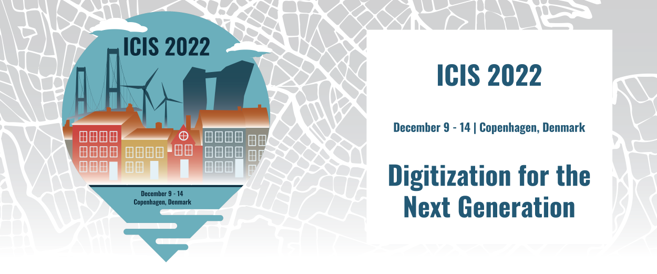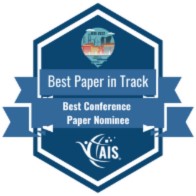Paper Number
1778
Paper Type
Complete
Description
Machine learning (ML)-based software’s deployment has raised serious concerns about its pervasive and harmful consequences for users, business, and society inflicted through bias. While approaches to address bias are increasingly recognized and developed, our understanding of debiasing remains nascent. Research has yet to provide a comprehensive coverage of this vast growing field, much of which is not embedded in theoretical understanding. Conceptualizing and structuring the nature, effect, and implementation of debiasing instruments could provide necessary guidance for practitioners investing in debiasing efforts. We develop a taxonomy that classifies debiasing instrument characteristics into seven key dimensions. We evaluate and refine our taxonomy through nine experts and apply our taxonomy to three actual debiasing instruments, drawing lessons for the design and choice of appropriate instruments. Bridging the gaps between our conceptual understanding of debiasing for ML-based software and its organizational implementation, we discuss contributions and future research.
Recommended Citation
Schmitt, Anuschka; Walser, Maximilian; and Fahse, Tobias Benjamin, "Conceptual Foundations on Debiasing for Machine Learning-Based Software" (2022). ICIS 2022 Proceedings. 7.
https://aisel.aisnet.org/icis2022/ai_business/ai_business/7
Conceptual Foundations on Debiasing for Machine Learning-Based Software
Machine learning (ML)-based software’s deployment has raised serious concerns about its pervasive and harmful consequences for users, business, and society inflicted through bias. While approaches to address bias are increasingly recognized and developed, our understanding of debiasing remains nascent. Research has yet to provide a comprehensive coverage of this vast growing field, much of which is not embedded in theoretical understanding. Conceptualizing and structuring the nature, effect, and implementation of debiasing instruments could provide necessary guidance for practitioners investing in debiasing efforts. We develop a taxonomy that classifies debiasing instrument characteristics into seven key dimensions. We evaluate and refine our taxonomy through nine experts and apply our taxonomy to three actual debiasing instruments, drawing lessons for the design and choice of appropriate instruments. Bridging the gaps between our conceptual understanding of debiasing for ML-based software and its organizational implementation, we discuss contributions and future research.
When commenting on articles, please be friendly, welcoming, respectful and abide by the AIS eLibrary Discussion Thread Code of Conduct posted here.




Comments
10-AI